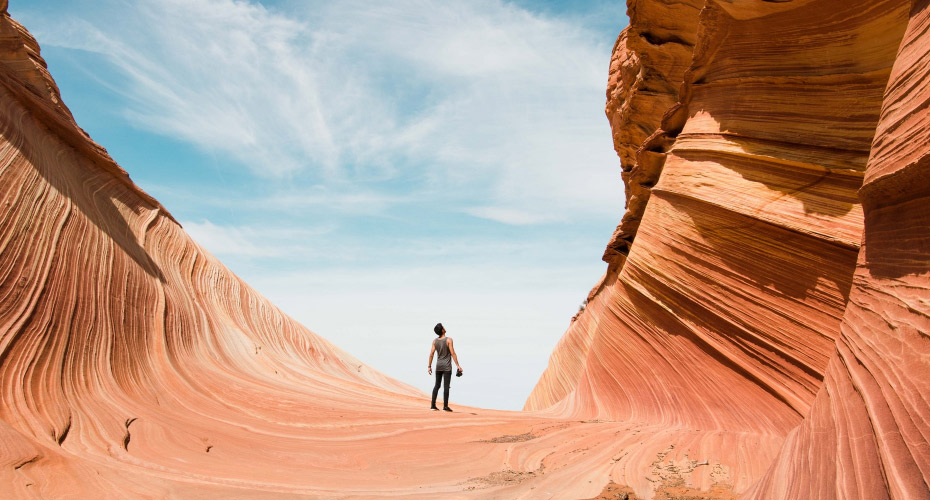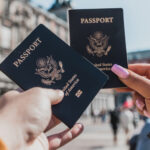Rome, with its blend of ancient history, vibrant culture, and stunning architecture, is a city that deserves to be explored thoroughly. If you’re planning a short trip and want to make the most of your time, this 3-day Rome itinerary will guide you through the must-see attractions and hidden gems to help you experience the Eternal City to its fullest.
Day 1: Ancient Rome and Iconic Landmarks
Morning: Colosseum and Roman Forum
Start your day with a visit to the Colosseum, Rome’s most iconic landmark. Arrive early to beat the crowds and explore the ancient amphitheater that once hosted gladiatorial contests and public spectacles. Afterward, head to the nearby Roman Forum, where you can wander through the ruins of ancient government buildings, temples, and marketplaces.
Insider Tip: Purchase a combined ticket for the Colosseum, Roman Forum, and Palatine Hill to save time and avoid long lines. Consider a guided tour to gain deeper insights into Rome’s ancient history.
Afternoon: Palatine Hill and Capitoline Hill
Continue your exploration with a visit to Palatine Hill, one of the seven hills of Rome and the site of ancient imperial palaces. Enjoy panoramic views of the Forum and the Circus Maximus. Afterward, make your way to Capitoline Hill, home to the Capitoline Museums and stunning views of the Roman Forum.
Evening: Piazza Navona and Pantheon
In the evening, stroll through Piazza Navona, a lively square known for its Baroque architecture and beautiful fountains. Enjoy dinner at a nearby restaurant and then visit the Pantheon, a well-preserved ancient temple with an impressive dome and oculus.
Insider Tip: Piazza Navona is a great place for a leisurely meal. Many restaurants offer outdoor seating with views of the fountains.
Day 2: Vatican City and Renaissance Rome
Morning: Vatican Museums and Sistine Chapel
Begin your second day with a visit to the Vatican Museums. Marvel at the vast collection of art and historical artifacts, culminating in the Sistine Chapel, where Michelangelo’s frescoes are a highlight. Be sure to book your tickets in advance to skip the long lines.
Insider Tip: Consider joining a guided tour for a more comprehensive experience of the Vatican Museums and the Sistine Chapel. Early morning tours are often less crowded.
Afternoon: St. Peter’s Basilica and Vatican Gardens
Next, explore St. Peter’s Basilica, the largest church in the world, and admire its grand architecture and art. Afterward, take a tour of the Vatican Gardens, a serene and beautifully landscaped area within Vatican City.
Evening: Trastevere Neighborhood
In the evening, head to Trastevere, a charming and vibrant neighborhood known for its narrow streets, lively atmosphere, and excellent dining options. Enjoy dinner at a local trattoria and take a leisurely stroll through the picturesque streets.
Insider Tip: Trastevere is known for its bustling nightlife. After dinner, explore the local bars and cafes for a taste of Roman nightlife.
Day 3: Exploring Rome’s Neighborhoods and Hidden Gems
Morning: Villa Borghese and Spanish Steps
Start your day with a visit to Villa Borghese, a large park and cultural complex. Explore the Borghese Gallery, which houses a remarkable collection of art, including works by Caravaggio and Bernini. Afterward, head to the Spanish Steps, a popular gathering place and a great spot for people-watching.
Insider Tip: Booking tickets for the Borghese Gallery in advance is essential, as entry is often limited and timed.
Afternoon: Campo de’ Fiori and Piazza del Popolo
In the afternoon, visit Campo de’ Fiori, a bustling market square known for its fresh produce and vibrant atmosphere. From there, make your way to Piazza del Popolo, a grand square with impressive churches and an ancient Egyptian obelisk.
Evening: Farewell Dinner and Gelato
For your final evening in Rome, enjoy a farewell dinner at a traditional Italian restaurant. End your night with a delicious gelato from one of the city’s renowned gelaterias.
Insider Tip: Look for gelaterias that use natural ingredients and have a wide variety of flavors for an authentic Italian gelato experience.
Final Thoughts
Three days in Rome offers just a glimpse into the city’s rich history, culture, and culinary delights. By following this itinerary, you’ll experience some of the best sights and hidden gems Rome has to offer. Whether you’re marveling at ancient ruins or savoring local cuisine, your time in the Eternal City is sure to be unforgettable.
Plan Your Rome Adventure with Pioneer Tours
For a guided and personalized experience of Rome, consider booking a tour with Pioneer Tours. Our expert guides will help you explore the city’s landmarks and hidden treasures, ensuring a memorable and enriching visit.
FAQs
What are the must-see attractions in Rome for a 3-day visit?
For a 3-day visit, essential attractions include the Colosseum, Roman Forum, Palatine Hill, Vatican Museums, Sistine Chapel, St. Peter’s Basilica, Pantheon, Piazza Navona, and the Trastevere neighborhood. Each site offers a unique glimpse into Rome’s rich history and vibrant culture.
How can I get tickets for the Colosseum and Roman Forum?
Tickets for the Colosseum and Roman Forum can be purchased online through the official website or at the entrance. A combined ticket for the Colosseum, Roman Forum, and Palatine Hill is recommended. Booking in advance helps avoid long lines.
What is the best way to visit the Vatican Museums and Sistine Chapel?
To visit the Vatican Museums and Sistine Chapel, book tickets online in advance to skip the long queues. Consider joining a guided tour to gain deeper insights into the artwork and history. Early morning visits are usually less crowded.
How can I visit St. Peter’s Basilica and the Vatican Gardens?
St. Peter’s Basilica is open to visitors without a ticket. For the Vatican Gardens, you need to book a guided tour in advance. These tours often include other areas of Vatican City and provide valuable context about the gardens and the Apostolic Palace.
What are the best areas to explore for dining and nightlife in Rome?
For dining, explore neighborhoods like Trastevere, known for its charming restaurants and lively atmosphere. For nightlife, Trastevere and areas near Campo de’ Fiori offer a variety of bars and cafes. Piazza Navona is also a great spot for an evening meal.
How should I dress when visiting Vatican City and other religious sites?
When visiting Vatican City and other religious sites, dress modestly. Ensure that your shoulders and knees are covered. Avoid wearing hats and sunglasses inside the religious sites.
Are there any special tips for visiting the Borghese Gallery?
The Borghese Gallery requires advance booking for timed entry. Purchase tickets online to secure your visit and avoid disappointment. Allocate sufficient time to explore the gallery’s impressive collection of art.
What is Campo de’ Fiori known for?
Campo de’ Fiori is known for its vibrant market atmosphere and fresh produce. The square is also a lively gathering spot with various cafes and restaurants. It’s a great place to experience local culture and cuisine.
How can I get around Rome efficiently?
Rome’s public transportation system includes buses, trams, and the metro. Consider purchasing a Roma Pass for access to public transportation and discounts on major attractions. Walking is also a great way to explore central Rome.
Are there any unique experiences or hidden gems in Rome?
Yes, consider visiting the Aventine Keyhole for a unique view of St. Peter’s Basilica, exploring the Quartiere Coppedè for eclectic architecture, or taking a night tour of the Vatican Museums for a quieter experience.
What should I try for authentic Italian cuisine in Rome?
For authentic Italian cuisine, try traditional dishes like pasta carbonara, pizza margherita, and gelato. Look for local trattorias and gelaterias for a true taste of Roman and Italian culinary delights.
Can I visit the Spanish Steps and Piazza del Popolo in one day?
Yes, you can visit both the Spanish Steps and Piazza del Popolo in one day. They are relatively close to each other and can be explored in a leisurely afternoon, allowing you to enjoy their historic and cultural significance.



